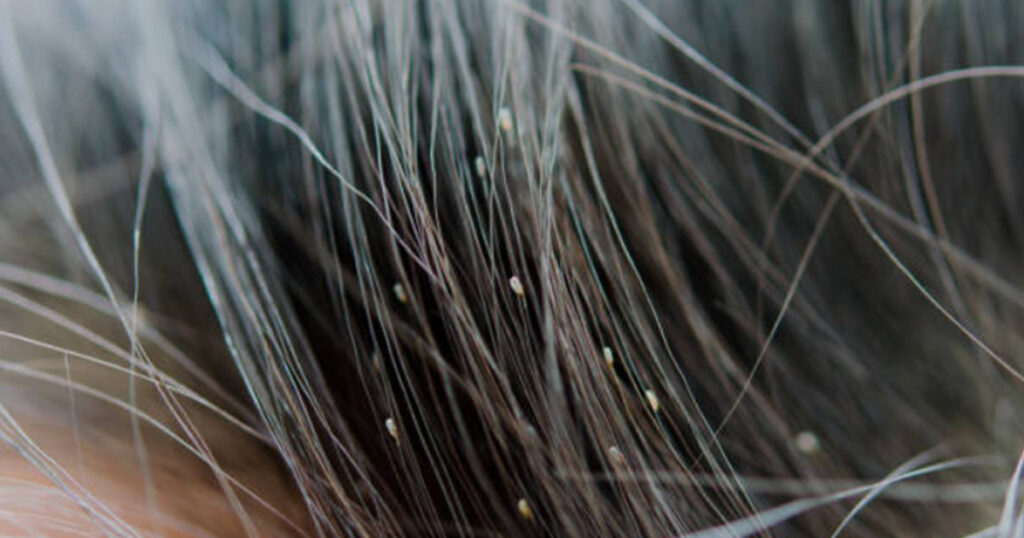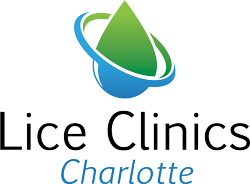How Does Lice Spread?

Lice infestations can be both frustrating and persistent. These tiny parasites have been plaguing humans for centuries. Understanding how lice spread is crucial for effective prevention and control. In this blog, we will explore the various ways lice can be transmitted from person to person, debunk common misconceptions, provide practical tips to reduce the risk of lice infestations and delve into the factors that contribute to lice transmission.
How Does Lice Spread?
Head-to-Head Contact: Head-to-head contact is the most common way lice spread. Lice crawl from one person’s hair to another’s during direct contact. This can occur during activities such as hugging, sharing combs, brushes, hats, or headphones, or even when two individuals’ heads are in close proximity, such as during sleepovers, sports, or crowded classrooms. Head-to-head contact provides the perfect opportunity for lice to transfer from one host to another, as they can crawl quickly and efficiently through hair strands.
Personal Item Sharing: Lice can also spread through the sharing of personal items. Items such as combs, brushes, hair accessories, hats, scarves, helmets, or even towels can harbor lice or their eggs (nits). When infected individuals share these items, the lice can transfer to a new host. Lice can survive for a limited time away from the scalp, so sharing personal items creates an opportunity for lice to move from one person to another.
Upholstered Furniture and Bedding: While less common, lice can survive away from the scalp for a limited time. If an infected person comes into contact with upholstered furniture, pillows, or bedding, lice may crawl onto these surfaces. If another person later uses the same furniture or bedding, the lice can transfer to their hair. It’s important to note that lice cannot jump or fly, so direct contact with the infested surface is required for transmission to occur.
School and Community Settings: Lice infestations often occur in environments where people are in close proximity for extended periods, such as schools, daycares, or camps. Lice can spread easily among children through direct head-to-head contact during play or shared activities. It is important for schools and parents to be vigilant and take proactive measures to minimize the risk of lice infestations. Regular screenings, educating students about lice prevention, and implementing lice policies can help control the spread within these settings.
Debunking Common Misconceptions
Misconceptions about lice transmission can lead to unnecessary fear and stigma. Let’s debunk a few common myths:
Lice Cannot Jump or Fly: Lice lack the ability to jump or fly. They can only crawl, which means direct head-to-head contact is required for lice to spread. The idea that lice can jump from person to person is purely a myth.
Personal Hygiene and Lice: Lice do not discriminate based on personal hygiene. They can infect anyone, regardless of cleanliness. In fact, lice prefer clean scalps as they can move more easily through clean hair. Personal hygiene practices are not a determining factor in lice infestations.
Lice Infestation is Not a Sign of Poor Parenting: Lice infestations can happen to anyone. They are not an indicator of poor parenting or unclean living conditions. Lice infestations occur due to proximity and opportunity, not due to negligence. It’s important to approach lice infestations with empathy and understanding, avoiding stigmatization.
How To Treat Head Lice
Combing: Regularly comb the hair with a fine-toothed lice comb to remove lice and nits. This process should be repeated every few days to catch any newly hatched lice. Wetting the hair with conditioner or a specialized lice treatment solution can make combing easier and more effective. Ensure that you comb the hair thoroughly from the scalp to the ends of the hair strands.
Treatment Products: Consult a healthcare professional or pharmacist to determine the most appropriate treatment product for your situation. Follow the instructions carefully, ensuring the entire head is treated and reapplication, if necessary, is done within the recommended time frame. Some treatments may require a second application after a certain period to kill newly hatched lice. Avoid using excessive amounts of treatment products, as this can be harmful.
Preventing Lice Infestation
While completely preventing lice infestations may be challenging, adopting preventive measures can significantly reduce the risk. Consider the following tips:
Educate Children: Teach children about lice and how they spread. Encourage them to avoid head-to-head contact, share personal items, and be mindful of their proximity to others. Education empowers children to make informed choices and take preventive measures.
Regularly Check for Lice: Conduct routine checks for lice on family members, especially children. Early detection allows for prompt treatment and minimizes the risk of further spread. Familiarize yourself with the signs of lice infestations, such as persistent itching, redness, or the presence of nits and lice in the hair.
Avoid Sharing Personal Items: Discourage the sharing of combs, brushes, hats, and other personal items that come into contact with the hair. Each person should have their own items to reduce the risk of lice transmission. This includes items such as hair accessories, helmets, and headphones.
Maintain Personal Space: Encourage individuals to maintain personal space during activities that involve close contact, such as sleepovers, sports, or group activities. Remind children about the importance of avoiding head-to-head contact and discourage sharing items like pillows or blankets.
Proactive School Measures: Schools can play a vital role in lice prevention. They can implement lice prevention measures, such as educating staff and parents about lice prevention and detection, routine checks, and encouraging prompt treatment in case of infestations. Regular communication with parents about reported cases can help prevent widespread outbreaks.
Cleaning and Vacuuming: Regularly clean and vacuum upholstered furniture, bedding, and carpets to minimize the presence of lice or eggs. This is particularly important if there has been a recent lice infestation in your household or if you suspect the presence of lice.
Understanding how lice spread is crucial for effective prevention and control. By being aware of the different transmission routes and debunking common misconceptions, we can take proactive measures to reduce the risk of lice infestations. Education, regular checks, discouraging personal item sharing, and maintaining personal space are key steps in preventing the spread of lice. By adopting these preventive measures and promoting a supportive and understanding environment, we can minimize the impact of lice and ensure healthier, lice-free environments.
Who Can I Contact For Help?
Lice Clinics Charlotte is a leader in lice treatment and education. Our dedicated staff and team will ensure you are educated on how lice spreads, and more importantly how to treat head lice. Innovative treatments, such as our 100% guaranteed Lice Tech treatment, uses heated warm air to get rid of these pesky critters. With our location in Charlotte, NC lice removal is not far away. Contact us today!
